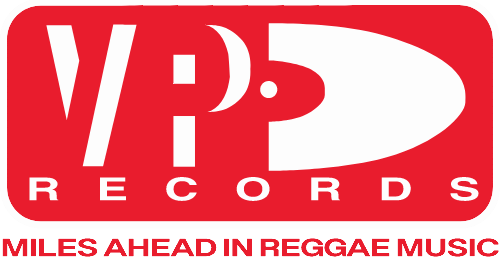
Beth Lesser is to Reggae and photography, what guitar strings are to guitars. Her photographic work and coverage of countless Reggae greats has been admired and reproduced countless times. Candid photos of Gregory Isaacs as well as recording artists at studios in Toronto and Jamaica (amongst other locals) are classics.
VP: How did you get your start in the music business (first exposure to reggae through your work)?
BL: Toronto, in the 1970s and 1980s, had a thriving reggae scene, both above and below ground. The above-ground scene involved bands like Truths and Rights, and Messenjah who played in bars and small roots clubs. The underground scene was the labyrinth of homes and tiny after-hours venues that held dancehall sessions featuring both local and visiting Jamaican deejays. Even Reggae legend Leroy Sibbles used to hold dances in the basement of his home. So many ex-pat reggae artists lived in Toronto at the time- Ronnie Bop, Stranger Cole, Jackie Mittoo etc Reggae was everywhere.
My husband and I heard the music in clubs and used to hang around the Jamaican record shops. At the time, we were interested in Augustus Pablo’s music and went to Jamaica to meet him. We wanted to start a fanzine, do something to promote both Pablo as well as his stable of artists, Rocker’s International.
When we first traveled to Jamaica, I didn’t even take a camera. I was there to do interviews for our fanzine – as a journalist, but once we went and saw what the scene was really like, my eyes were open. I returned with my very unprofessional setup – SLR camera with one fixed 50 mm lens and started taking photos of everyone we met.
VP: What was your first notable project?
BL: Reggae Quarterly magazine was our biggest project. We managed to self-publish 8 issues in the 1980s. We broke even … barely, with our home-based distribution. But no one in the photography world really took the photographs seriously. They were considered ‘commercial,’ not for showing in galleries. Only ‘art’ photography was given any level of respect. The images were just my ‘little hobby.’
But not forever. With the passage of time and the changes in the music industry, a few people began to take note of the archival value of the material. Dancehall broke out internationally and now people were interested in its roots – where did this music come from? Who started it? I finally got my first real, solo gallery show at the Gladstone here in Toronto – in 2013 https://www.wedgecuratorialprojects.org/2013-reggae-or-not
VP: What has been your most memorable project to date?
BL: I can’t really speak in terms of projects but I had some memorable opportunities to take pictures. Like inside King Tubby’s studio, or around Jammy’s yard where I caught an image of Jammy’s crew including Noel Davy holding that Casio he and Wayne Smith used to ‘find’ the Sleng Teng riddim. Really, I just loved the opportunity to get to know the artists and grab a few shots when everyone was relaxed and feeling good. I also enjoyed being able to hand out copies of the images when I went back to Kingston I had 4” x 6” snapshots organized in little envelopes and I would give each person his or her little packet.
VP: What are you working on now?
BL: I’m past retirement age, so I’m not actively working on any new projects. My last big project was to compile all my work and put it all on one website where it would be available to everyone. Three of my four books are available there to download (free) as are all 8 issues of Reggae Quarterly and a new piece I wrote about the adventures my husband and I had in Kingston covering the music scene. The vast majority of the photos I took are also on the website. I just wanted to share it all and to make sure no artist, however “minor,’ would be forgotten. Every person contributed in some way. Dancehall reggae was such a communal endeavor, each person learning from the next person and continuing the tradition.
VP: What are you listening to currently (most inspiring or favorites)?
BL: A lot of Latin American sounds, especially Cumbia. Much like Reggae, Cumbia took over and spread quickly throughout the continent and spawned all kinds of local imitations and variations, from the Mexican “Cumbia Rebajada” to the Peruvian “Chica” (or “Cumbia Psychadelica”). Along the Caribbean coast of Colombia, there is a long tradition of sound systems, or “picó,” especially in Barranquilla. The local music, Champeta, has a lot in common with reggae dancehall.
Reggae is still in my bones. It’s part of who I am today. But I always like to seek out new adventures, even musical ones!
Visit https://www.bethlesser.com/ for more.



